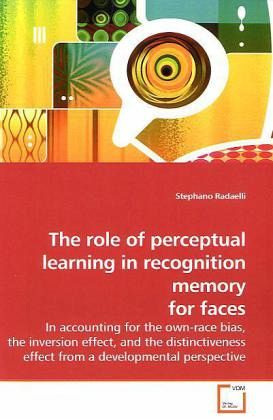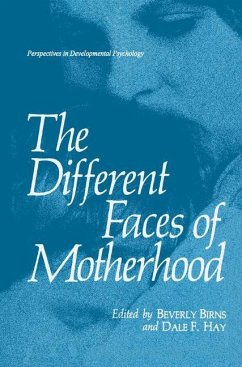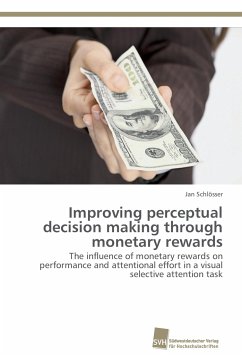
The role of perceptual learning in recognition memory for faces
In accounting for the own-race bias, the inversion effect, and the distinctiveness effect from a developmental perspective
Versandkostenfrei!
Versandfertig in 6-10 Tagen
32,99 €
inkl. MwSt.

PAYBACK Punkte
16 °P sammeln!
The rated distinctiveness of a face, the orientation in which a face is seen and the race of the face, are all factors that are known to affect subsequent recognition of faces. These three factors are known as the distinctiveness effect, the orientation effect and the own-race bias. The main objective of this study was to track the extent to which these three effects develop across the lifespan. The study consisted of three experiments. Overall, the distinctiveness effect, inversion effect and own- race bias was evident among participants who were older than 8 years. Six-year-olds did not show...
The rated distinctiveness of a face, the orientation in which a face is seen and the race of the face, are all factors that are known to affect subsequent recognition of faces. These three factors are known as the distinctiveness effect, the orientation effect and the own-race bias. The main objective of this study was to track the extent to which these three effects develop across the lifespan. The study consisted of three experiments. Overall, the distinctiveness effect, inversion effect and own- race bias was evident among participants who were older than 8 years. Six-year-olds did not show a bias towards recognising distinctive, upright or own- race faces. Also, the own-race bias continued to affect the white subject s ability to recognise faces as they became older but this was not the case for black subjects.












